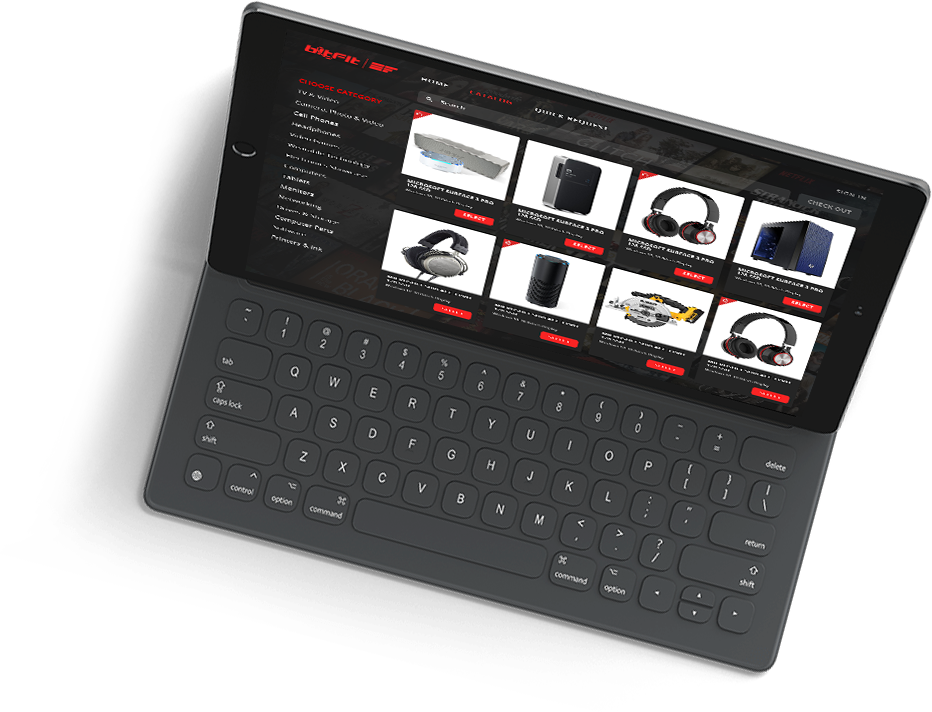
Hardware Asset Management (HAM) is a critical component of IT asset management that focuses on managing the physical components of information technology within an organization. These assets include computers, servers, printers, and networking equipment. Effective management of these assets helps organizations control costs, maximize investments, enhance productivity, and maintain compliance with regulatory standards.
Understanding Hardware Asset Management
Definition and Scope
Hardware assets are tangible components critical to an organization’s IT infrastructure. Hardware Asset Management encompasses all activities managing these physical assets from acquisition to disposal. It involves a systematic approach to managing IT resources, crucial for ensuring operational efficiency and optimizing resource use.
Objectives of HAM
The main objectives of Hardware Asset Management include:
- Cost Management: Efficiently managing hardware procurement, maintenance, and disposal costs.
- Risk Reduction: Minimizing the risks related to asset downtime, obsolescence, and compliance violations.
- Optimization of Asset Use: Ensuring all hardware assets are fully utilized and adequately maintained.
- Compliance and Governance: Adhering to legal and regulatory requirements for asset management and data security.
Core Components of Hardware Asset Management
Asset Lifecycle
Managing the lifecycle of assets is crucial for optimizing performance and maximizing value from investment. Below are the key phases:
- Planning: Strategic planning for the selection and management of hardware assets, including assessing current needs and future requirements.
- Procurement: The purchasing process for hardware assets, focusing on sourcing from reliable suppliers and negotiating cost-effective agreements.
- Deployment/Implementation: Allocating and installing hardware in its designated operational environment, ensuring it is configured correctly for immediate use.
- Operation and Maintenance: Ongoing upkeep and regular maintenance to ensure assets remain operational, functional, and efficient throughout their usage phase.
- Disposal/Replacement: Responsibly disposing of obsolete or non-functional hardware and planning for its replacement in a manner that adheres to environmental standards and security regulations.
Inventory Management
Effective inventory management involves tracking and documenting hardware assets throughout their lifecycle. This includes maintaining updated records of asset specifications, status, and location.
Asset Documentation
It is vital to keep accurate and accessible documentation for hardware assets. This documentation includes purchase receipts, warranties, service agreements, and maintenance records.
Technological Tools and Solutions
Asset Management Software
Software solutions designed for asset management help streamline the tracking, managing, and reporting of hardware assets. Effective software features include asset tagging, inventory tracking, and reporting capabilities. bitFit is one of the leading asset management tools on the market, capable of fulfilling all asset management needs, from QR labeling to process building. The tools like bitFit are essential for maintaining accurate records and ensuring efficient asset management throughout their lifecycle.
Integration with Other Systems
Integrating HAM systems with other IT management systems, such as IT service management (ITSM) and network monitoring tools, enhances data accuracy and operational efficiency. An example of such integration capability is provided by bitFit, which integrates with over 5,000 apps. This extensive compatibility ensures that bitFit can seamlessly connect with various tools, from productivity and communication apps to more specialized IT management platforms. Such integrations help streamline workflows, reduce errors, and improve overall asset management processes, making bitFit a versatile solution in diverse IT environments.
Challenges in Hardware Asset Management
Tracking and Monitoring
Keeping track of all hardware assets can be challenging, especially in large organizations or those with multiple locations.
Cost Management
Effectively managing the costs associated with hardware assets requires strategic planning and constant review.
Compliance and Security
Ensuring all hardware complies with relevant laws and regulations and maintaining security protocols to protect against vulnerabilities are constant challenges.
Best Practices in Hardware Asset Management
Policy Development
Developing and implementing robust policies and procedures for hardware asset management is crucial for success. These policies should address hardware asset acquisition, usage, maintenance, and disposal.
Regular Audits and Reviews
Regular audits and reviews ensure compliance with policies and the operational efficiency of hardware assets.
Employee Training
Training employees on the importance of asset management and the proper use and care of hardware assets is essential for minimizing risks and enhancing asset utilization.
Lifecycle Management
Developing strategies to optimize each phase of the asset lifecycle can significantly improve the overall effectiveness of asset management.
The Future of Hardware Asset Management
Trends and Innovations
Emerging technologies such as the Internet of Things (IoT) and artificial intelligence (AI) are set to transform how organizations manage their hardware assets. These technologies can automate many aspects of asset management, improving accuracy and efficiency.
Predictions for HAM Strategies
As technology evolves, so too will the strategies for managing hardware assets. Future trends suggest a greater emphasis on sustainability and cybersecurity, with more robust and integrated systems.
Conclusion
Hardware Asset Management is a vital activity supporting organizations’ operational efficiency and strategic management. Through effective HAM, organizations can ensure they make the most of their hardware investments while adhering to compliance requirements and managing risks.

